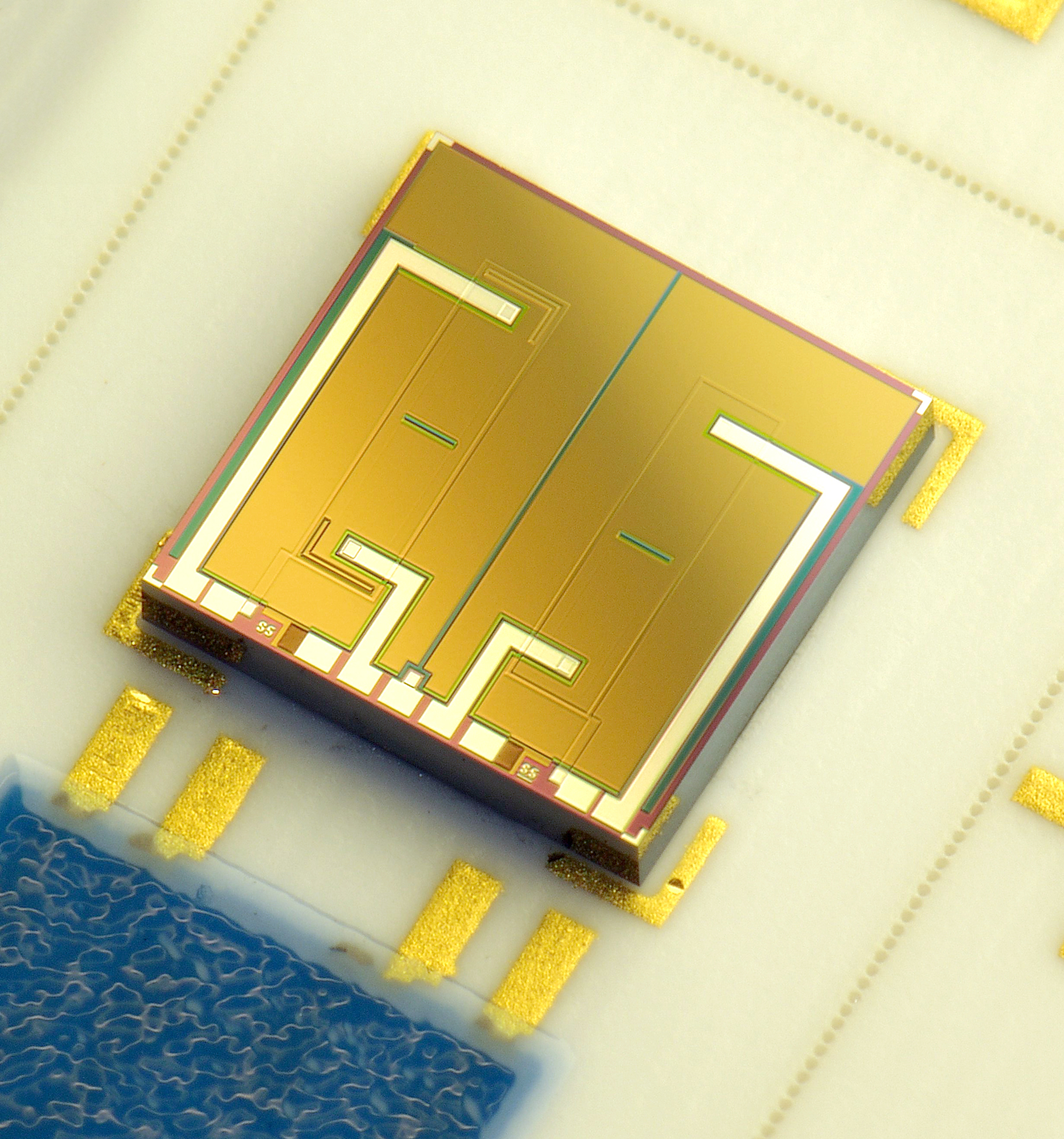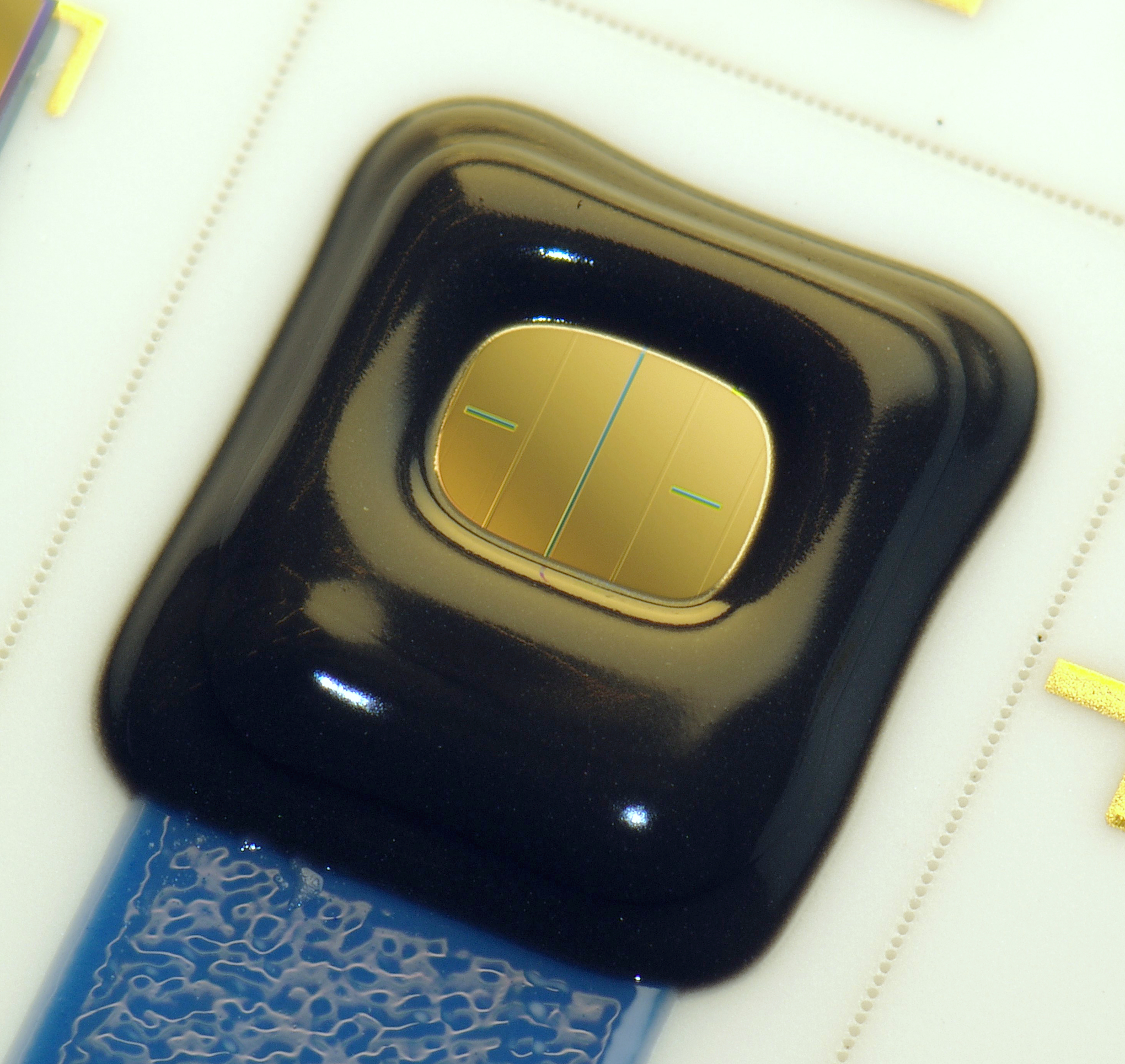Fraunhofer IPMS revolutionizes environmental analysis with new n-well integration technology for ISFETs
A milestone in sensor technology: parallel measurement of multiple water parameters with a single sensor chip
A groundbreaking integration technology for the simultaneous measurement of various water parameters using ion-sensitive field-effect transistors (ISFETs) is presented by the Fraunhofer Institute for Photonic Microsystems IPMS. The newly developed n-well integration technology makes it possible to measure pH values, nitrate, phosphate and potassium concentrations in parallel and continuously with only one sensor chip. This innovation opens new horizons for environmental and bioanalytics.



ISFETs are compact, durable and easy to integrate. This makes them ideal for precise pH measurement and the accurate determination of the concentration of many ions in water, thus making them powerful tools in environmental and bioanalytics. Due to their resistance to breakage, they are already widely used in pH measurement technology, especially in food production. Fraunhofer IPMS has now developed an n‑well technology that allows for the integration of several ISFETs on a single chip in such a way that they can be specifically functionalized with ion-selective layers.
This integration technology opens up the possibility of multifunctional ISFET arrays. In cooperation with research partners, further application-specific ion-selective coatings can be developed and integrated in the future. This enables the simultaneous and continuous measurement of different parameters such as pH, nitrate, phosphate and potassium concentration with only one sensor chip. Other parameters can be integrated into the system as needed.
"Such a measuring system, which can continuously record essential water parameters in real time, has a huge market potential," says Dr. Olaf R. Hild, head of the business unit Chemical Sensor Technology at Fraunhofer IPMS. "This opens up new possibilities for applications in environmental analysis, agriculture and water management, as well as in the rapidly growing market for indoor farming applications." "And," he adds with a smile, "with this technology, we have a unique position in Europe!"
The use of this technology should help to increase the efficiency and sustainability of agriculture by combining the measurements with external input, such as weather data. This would allow farmers to apply nutrients more precisely, resulting not only in savings on fertilizer costs, but also in the reduction of environmental impact.
The sensors developed thus far, as well as the n-well integration technology, will be presented at the SENSOR+TEST trade fair in Nuremberg from June 11 to 13 to explain the technology to developers, integrators and potential users. Appointments with the Fraunhofer IPMS experts at booth 1-317 can be arranged in advance on the institute's website.
Physical principles of the ISFET from Fraunhofer IPMS
The Fraunhofer IPMS ISFETs are based on a metal-oxide-semiconductor (MOS) field-effect transistor technology. The integration of several ISFETs in an n-well is made possible by electrical isolation, which is achieved by implanting phosphorus as n-dopant in a p-wafer. The sensor area in contact with the medium consists of a metal oxide layer, which can either function as a pH sensor or be coated with an ion-selective membrane. For each ion to be detected, an ISFET must be coated with a corresponding ion-selective membrane.
 Fraunhofer Institute for Photonic Microsystems
Fraunhofer Institute for Photonic Microsystems
